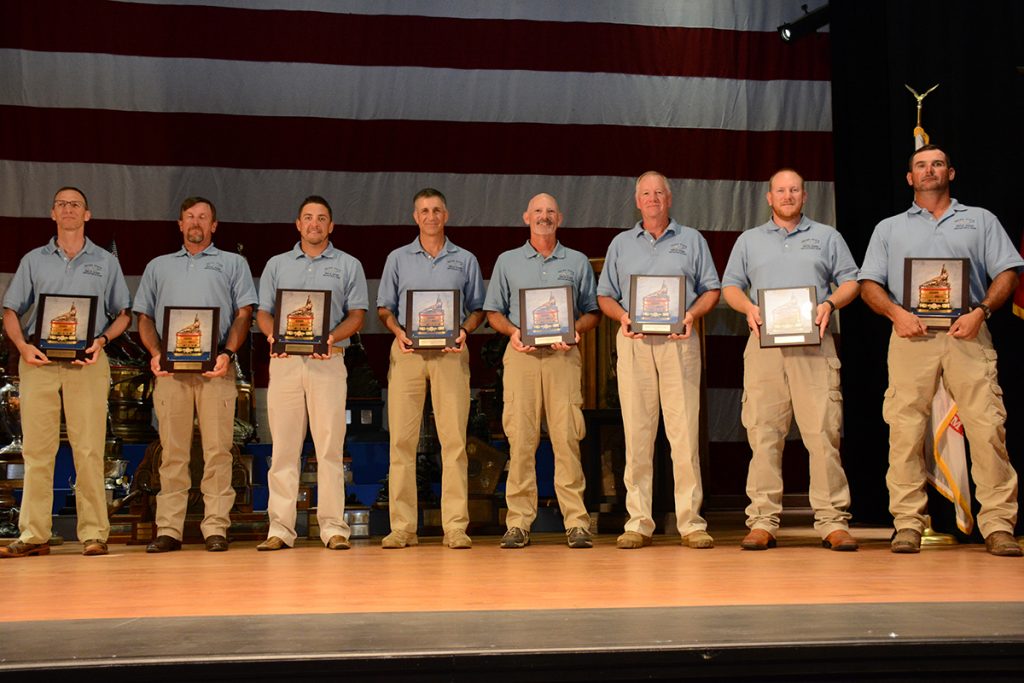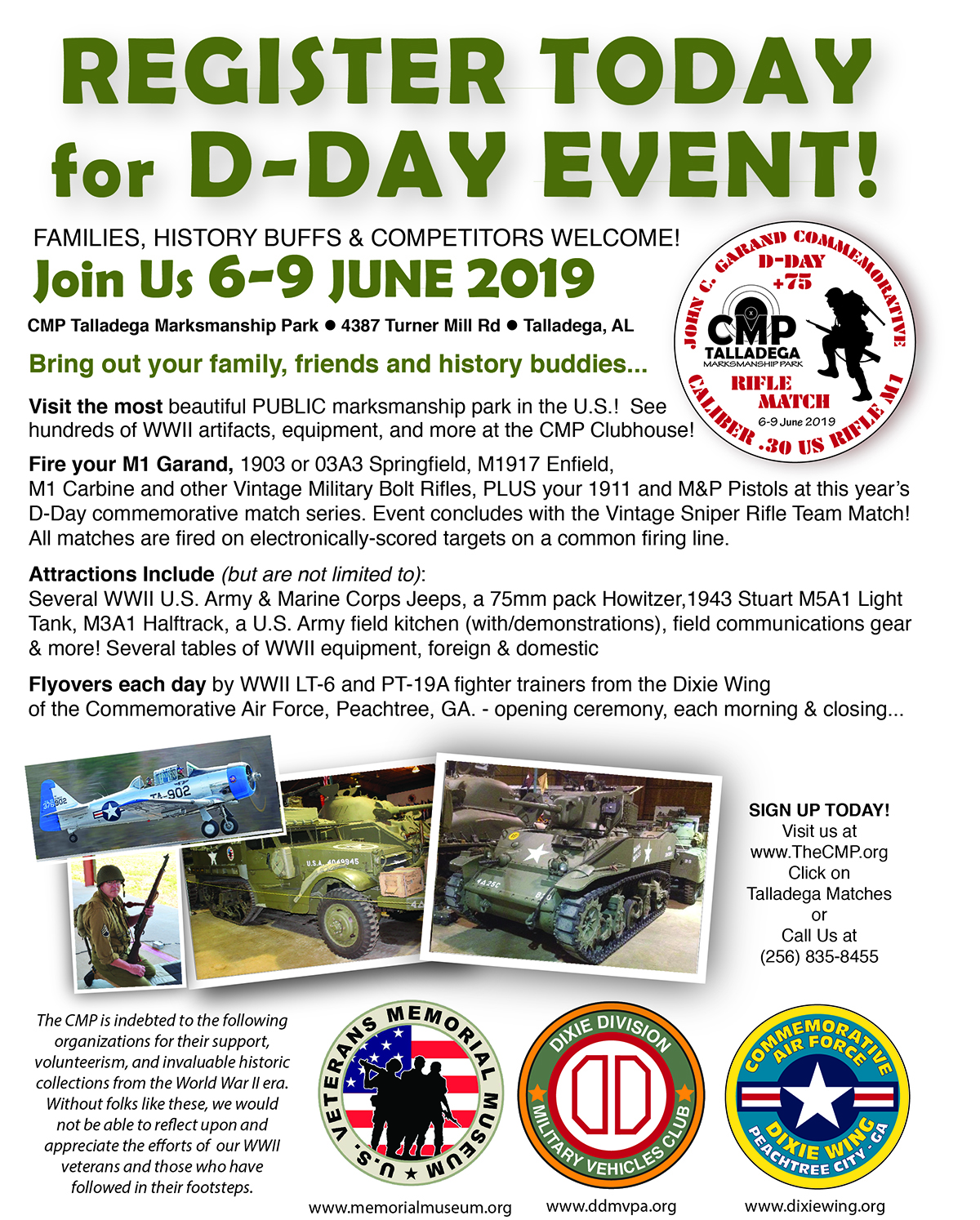

It also supported 365,000 Boy Scouts via marksmanship programs, largely through the donation of ammo to their summer camps.

22 rimfire– to its associated members and clubs. The DCM in 1989 sold 6,000 surplus M1 Garand Army rifles to affiliated club members, had another 24,000 assorted rifles loaned to the clubs themselves, and sold or donated some 37 million rounds of ammunition– almost all. According to a 1990 GAO report, the group had just 36 employees but still managed to support 165,000 civilian shooters in 1,945 affiliated clubs nationwide. The final version of the DCM was an Army-run, government-owned and financed operation, with the Pentagon giving it a shoestring $4.3 million annual budget. In 1916, with the country again looking at entering a large war with a better-trained European power, the National Board of the Promotion of Rifle Practice morphed into the newly formed Director of Civilian Marksmanship or DCM. By 1907, the enlarged National Matches were moved to a larger facility at the more centrally located Camp Perry, Ohio. Two years later, the Board was authorized to sell surplus military rifles to rifle clubs around the country so that the pool of trained marksmen could be expanded outside of those wearing uniforms. military– had received peacetime “target practice of any description.” It turned out that less than half of the militia– which made up the bulk of the U.S. Further, the marksmanship of Spanish regulars, armed with top-of-the-line Mauser pattern bolt-action rifles firing smokeless cartridges, was often devastating compared to the American’s more dated Krag rifles and single-shot Springfield Trapdoor models, both fed with black powder ammo. This led to an embarrassing showing in 1898 when it came time to mobilize 125,000 of these volunteers to augment the far-flung Army and take the field against the Spanish in Cuba and Puerto Rico during the Spanish American War. Even this force had to volunteer for federal service and then be hastily organized on the fly. Instead, each state had its own local militia system dating back to the colonial era, which was very hit and miss– mostly miss– in terms of training and equipment. The National Guard, likewise, was not authorized by Congress until 1903.

There was no Army Reserve as it would not be formed until 1908. Moreover, it had little depth in time of war. However, that was not always the case.īack in the 1890s, the 26,000-man force was scattered around the country in 80 small garrisons and was one of the smallest on the globe– Belgium could boast a larger military. Army today is, by most accounts not written in Chinese or Russian, the most modern and advanced in the world. 45 Government handguns.Ī RAND report published by the GAO in 2018 compared CMP to 146 similar organizations around the country that promote marksmanship and concluded that none of those groups matched CMP in scale and breadth of function with the report citing, “CMP draws more participants in competitions than all the other organizations.” “From hosting camps and clinics to offering scholarships and opportunities to advance and improve marksmanship skills, we’re working hard to fulfill our vision every day!”Ĭhartered by the federal government, the CMP is a not-for-profit, tax-exempt organization whose only tangible contribution from Uncle Sam since 1996 comes in the form of donated military surplus firearms such as World War II and Korean War-era M1 Garand rifles and M1911. “Our vision is that every youth in America has the opportunity to participate in firearm safety and marksmanship programs,” says the organization. In this, they annually provide training to more than 80,000 individuals through various events and affiliated clubs. With a lineage that dates to the board to promote marksmanship established in 1903 when Teddy Roosevelt was in office, today’s CMP is still centered on developing safe, first-class shooters, with an emphasis on youth.


 0 kommentar(er)
0 kommentar(er)
